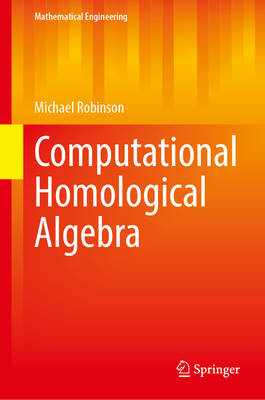
- Afhalen na 1 uur in een winkel met voorraad
- Gratis thuislevering in België vanaf € 30
- Ruim aanbod met 7 miljoen producten
- Afhalen na 1 uur in een winkel met voorraad
- Gratis thuislevering in België vanaf € 30
- Ruim aanbod met 7 miljoen producten
Omschrijving
This book is an attempt to reduce the barrier to entry for the key tools of homological algebra and develops the basic notions of homological algebra by emphasizing concrete, elementary, and computational examples in finite dimensional vector spaces. Linear algebra is the study of linear maps between vector spaces.
The broad success of linear algebra in applications is due to the dimension theorem and the algorithms that exploit it, like Gaussian elimination and QR factorizations.
Homological algebra is the study of what happens when linear maps are chained together, one after the next.
Unlike linear algebra, homological algebra is little known outside of mathematics, but is poised to become useful in engineering and data science.
The material covered in this book can be used for a one semester elementary course in computational homological algebra, but could also comfortably occupy a two-semester sequence.
This book is written for mid-division undergraduate students who have a solid background in linear algebra, but no background in abstract algebra, topology, or category theory.
Instead readers build insight by computation.
By working the examples and exercises, the requisite background material is covered as needed, and the powerful tools of homological algebra are unlocked.
Specificaties
Betrokkenen
- Auteur(s):
- Uitgeverij:
Inhoud
- Aantal bladzijden:
- 476
- Taal:
- Engels
- Reeks:
Eigenschappen
- Productcode (EAN):
- 9783032086334
- Verschijningsdatum:
- 14/01/2026
- Uitvoering:
- Hardcover
- Formaat:
- Genaaid
- Afmetingen:
- 155 mm x 235 mm

Alleen bij Standaard Boekhandel
Beoordelingen
We publiceren alleen reviews die voldoen aan de voorwaarden voor reviews. Bekijk onze voorwaarden voor reviews.








